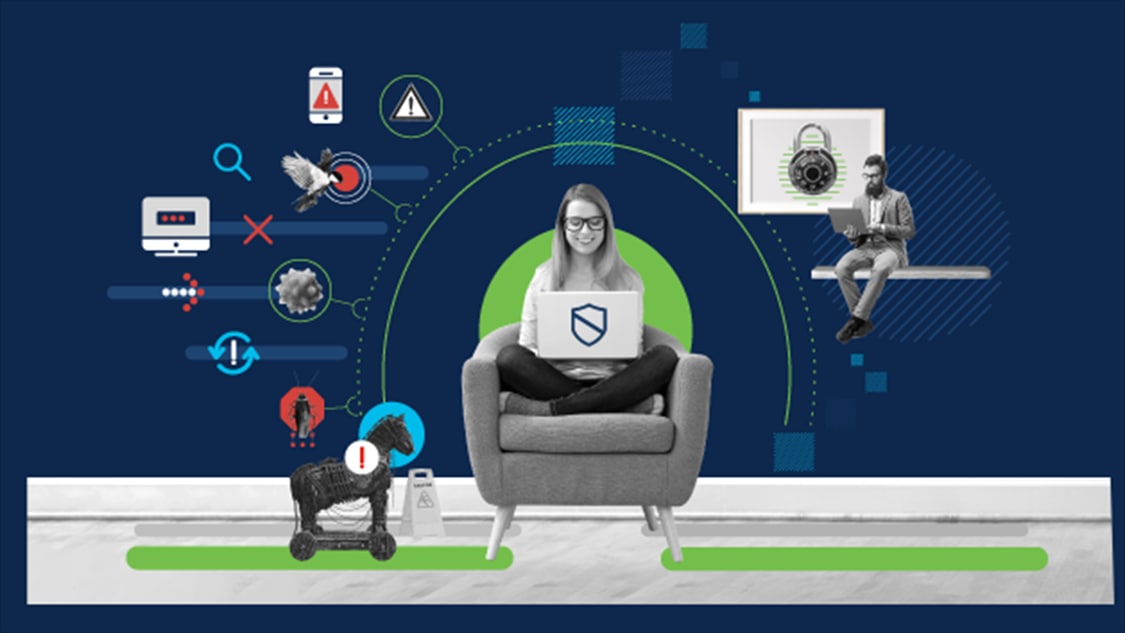10 malware protection best practices
1. Update your frontline defenses
Adhere to policies and best practices for application, system, and appliance security. Create unique passwords at least 16 characters in length and use a password manager. Patch systems quickly as security flaws become well-know once the updates are released.
2. Back up data and test restore procedures
Backup processes are critical to protecting against data loss. In a world of fast-moving, network-based ransomware worms and destructive cyber attacks, you must enable a data protection solution.
3. Protect against malware
Taking a layered approach with next-generation endpoint monitoring tools, including AMP for Endpoints, next-generation firewalls (NGFW), and an intrusion prevention system (IPS), will help you deploy security from the endpoint to email to the DNS layer.
4. Educate users on threat sources
Train users on whom and what to trust and teach them not to fall for phishing or other schemes. Have them install two-factor authentication as a first line of defense.
5. Partition your network
Reduce the risk of outbreak exposure by isolating your network using network segmentation.
6. Leverage email security
Most ransomware infections are spread through an email attachment or malicious download. Diligently block malicious websites, emails, and attachments through a layered security approach and a company-sanctioned file-sharing program.
7. Use security analytics
Closely monitor your network traffic by performing deeper and more advanced analytics to see everything happening across your network. Leverage real-time threat intelligence from organizations such as Talos to better understand security information and emerging cybersecurity threats.
8. Create a set of instructions for IT staff
Review and practice security response procedures by developing an incident response plan.
9. Practice prevention and remediation
Learn about and consider additional security solutions that will further protect your network as well as expand your company's visibility. Conduct security scanning of microservice, cloud service, and application administration systems.
10. Deploy a zero-trust security framework
A zero-trust approach helps secure access from users, end-user devices, APIs, IoT, microservices, containers, and more. It protects your workforce, workloads, and workplace since you must first verify their trustworthiness before granting access.

